Introduction
Cutting your own hair with a clipper can be a convenient and cost-effective option, but it’s important to consider safety precautions. Many individuals successfully cut their own hair without any issues, but there is always a risk of injury if proper care is not taken. In this article, we will discuss the potential risks and safety measures associated with cutting your own hair with a clipper. By understanding these specifics, you can minimize the risk of injury and ensure a safe haircutting experience.
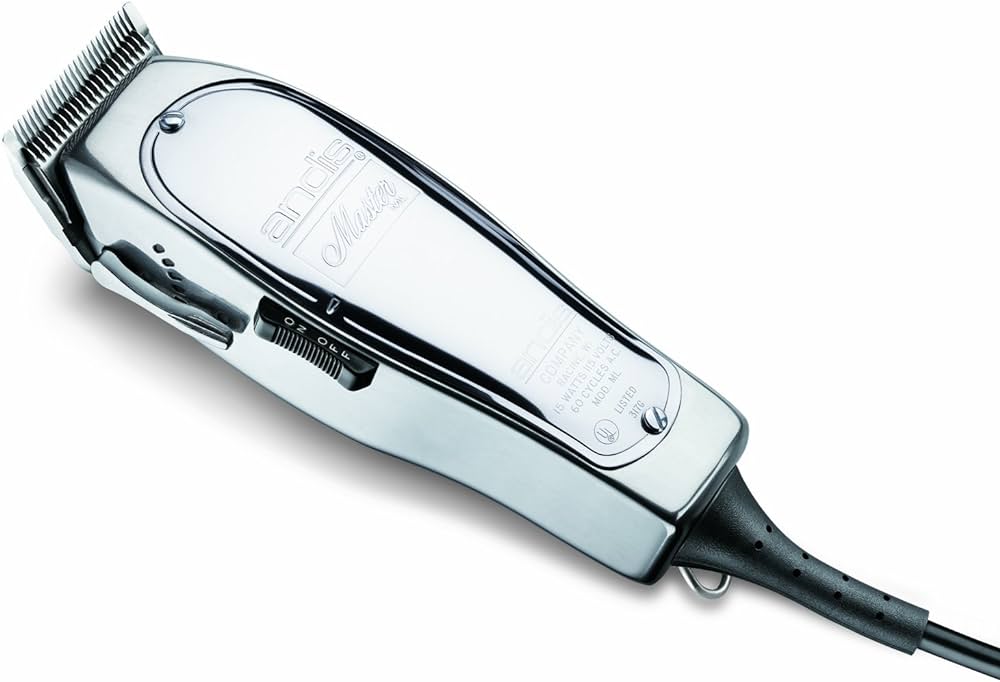
Will I hurt myself if I cut my own hair with a clipper?
Understanding the Risks
Cutting your own hair with a clipper carries some inherent risks. Consider the following factors:
Sharp blades: Clippers have sharp cutting blades that can cause injury if mishandled or used incorrectly. Accidental slips or incorrect movements can result in cuts or nicks to the scalp, ears, or skin.
Electric shock: Mishandling electrical components or using clippers near water sources can increase the risk of electric shock. This can occur if the cord or clipper comes into contact with water or if the clipper is not properly grounded.
Uneven results: Inexperienced individuals may struggle to achieve an even haircut, resulting in an uneven or unsatisfactory appearance. This can lead to frustration and dissatisfaction with the end result.
Solution: Understanding the potential risks associated with cutting your own hair with a clipper is essential for taking appropriate safety measures and minimizing the likelihood of injury.
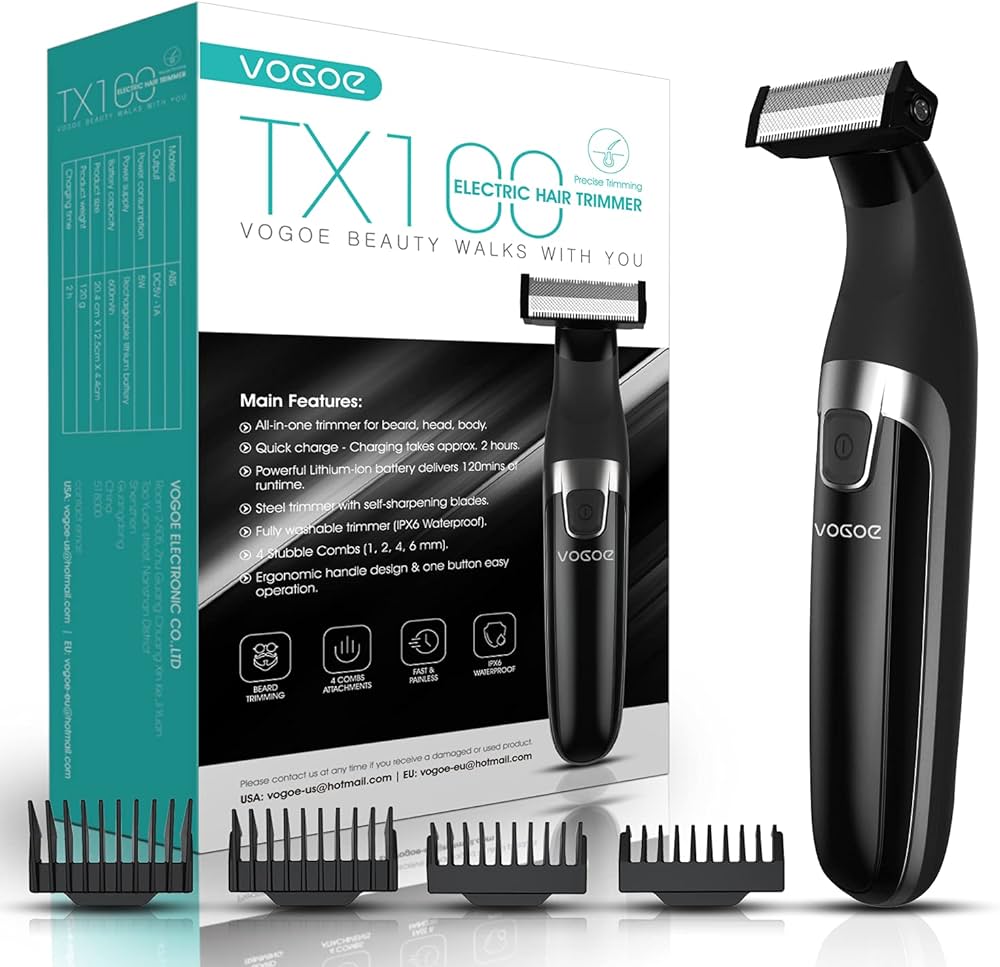
Safety Measures
To reduce the risk of injury while cutting your own hair with a clipper, consider the following safety measures:
Familiarize yourself with the clipper: Before using the clipper, read the instruction manual thoroughly to understand its features, safety guidelines, and maintenance requirements. This will ensure you are using the clipper correctly and can help prevent accidents.
Clean and maintain the clipper: Regularly clean the clipper and remove any hair or debris that may accumulate in the blades or housing. Keeping the clipper clean helps maintain its performance and reduces the risk of infection.
Use the right guard size: Selecting the appropriate guard size is crucial for achieving the desired hair length and minimizing the risk of accidentally cutting the scalp or skin. Start with a longer guard size and gradually decrease it if you want shorter hair.
Start with small, conservative cuts: Begin by taking small amounts of hair at a time. This will allow you to gauge the desired length and avoid accidentally cutting too much hair in one go.
Use proper hand positioning: Grip the clipper firmly, ensuring that your fingers are positioned away from the blades. This reduces the risk of accidental slips and potential injuries.
Take breaks: Cutting your hair can be a time-consuming process, especially if you’re doing it for the first time. Take regular breaks to rest your hands and maintain focus. Fatigue can increase the likelihood of accidents.
Trim in a well-lit area: Ensure you have adequate lighting in the room where you are cutting your hair. Good visibility will allow you to see your hair clearly and reduce the risk of accidentally cutting the wrong area.
Avoid distractions: Minimize distractions during the haircutting process to maintain focus and concentration. Distractions can increase the risk of accidents or uneven cutting.
Keep the clipper away from water: Never use the clipper near water sources or while your hands are wet. This reduces the risk of electric shock and damage to the clipper.
Seek assistance if needed: If you are unsure about cutting your own hair or lack the necessary experience, consider seeking assistance from a professional barber or hairstylist. They have the expertise to give you a safe and satisfactory haircut.
Solution: Following these safety measures can help minimize the risk of injury while cutting your own hair with a clipper.
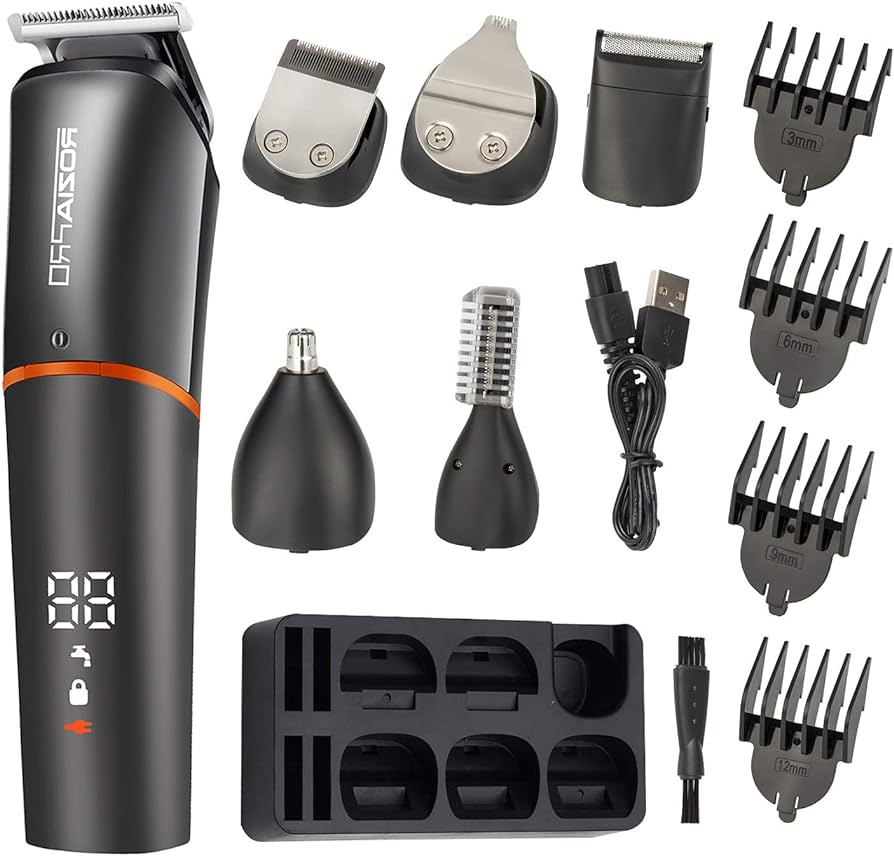
Additional Tips and Considerations
In addition to the safety measures mentioned earlier, consider the following tips to ensure a safe and successful haircutting experience:
Start with clean, dry hair: Cutting clean and dry hair allows for better control and accuracy. Wet or damp hair can clump together, making it more challenging to achieve an even cut.
Use a handheld mirror: Having a handheld mirror allows you to see the back of your head and other hard-to-reach areas. This helps maintain symmetry and ensures an even haircut all around.
Take your time: Rushing through the haircutting process increases the risk of mistakes and uneven cutting. Be patient and work slowly to achieve the desired results.
Watch tutorial videos: If you’re new to cutting your own hair, watching tutorial videos can provide valuable guidance and tips. You can learn proper techniques and gain confidence before attempting the haircut.
Practice on less visible areas: If you’re unsure about your skills or trying a new technique, consider practicing on less visible areas of your hair, such as the sides or back. This allows you to refine your technique and gain experience before attempting more noticeable areas.
Have a backup plan: In case you’re not satisfied with the results or encounter difficulties, have a backup plan ready. This can include seeking professional help or adjusting your hairstyle to accommodate any imperfections.
Solution: These additional tips and considerations can further contribute to a safe and successful haircutting experience.
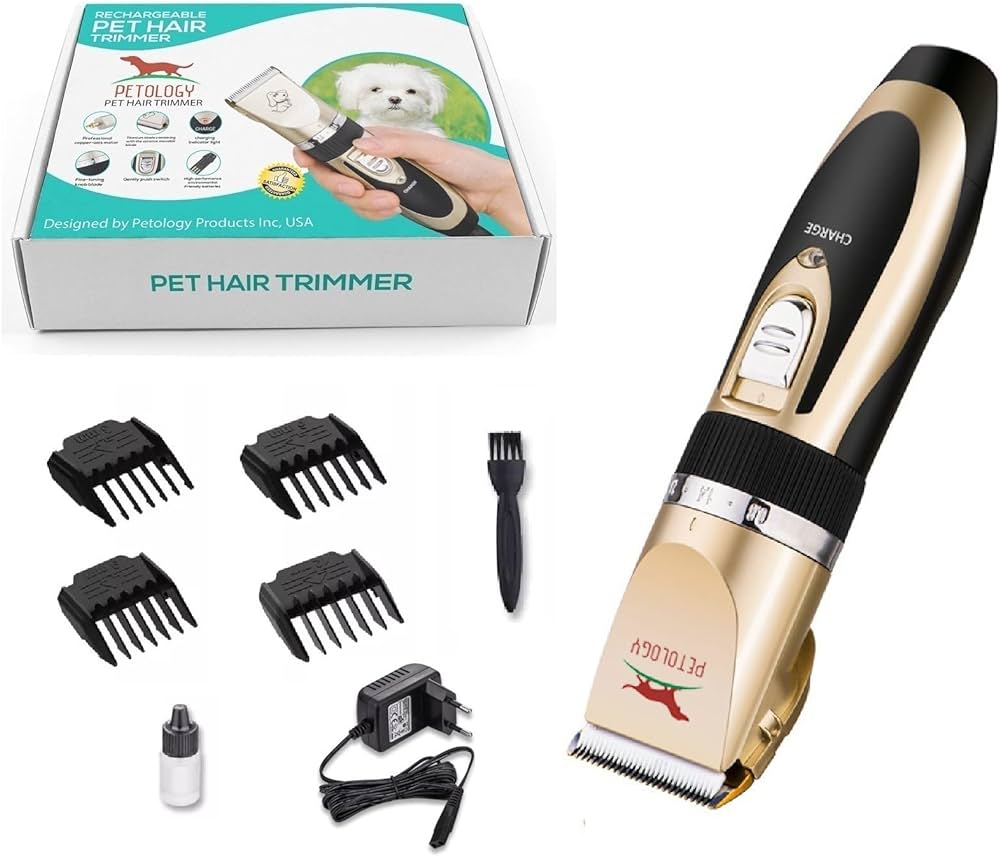
Potential Risks of Cutting Your Own Hair
While cutting your own hair with a clipper can be a rewarding experience, it’s important to be aware of and take precautions against potential risks. Consider the following risks associated with cutting your own hair:
Uneven hair length: Without proper training or experience, it can be challenging to achieve an even hair length across all areas of your head. Uneven cutting may result in an unbalanced or unprofessional-looking haircut.
Damage to hair: Inexperienced individuals may inadvertently cause damage to their hair while attempting to cut it themselves. Overcutting, snagging, or pulling the hair can lead to breakage, split ends, or other hair damage.
Skincare issues: Improper handling of the clipper or accidental nicks can cause skin irritations, razor burns, or cuts, leading to discomfort or even infection if not properly addressed.
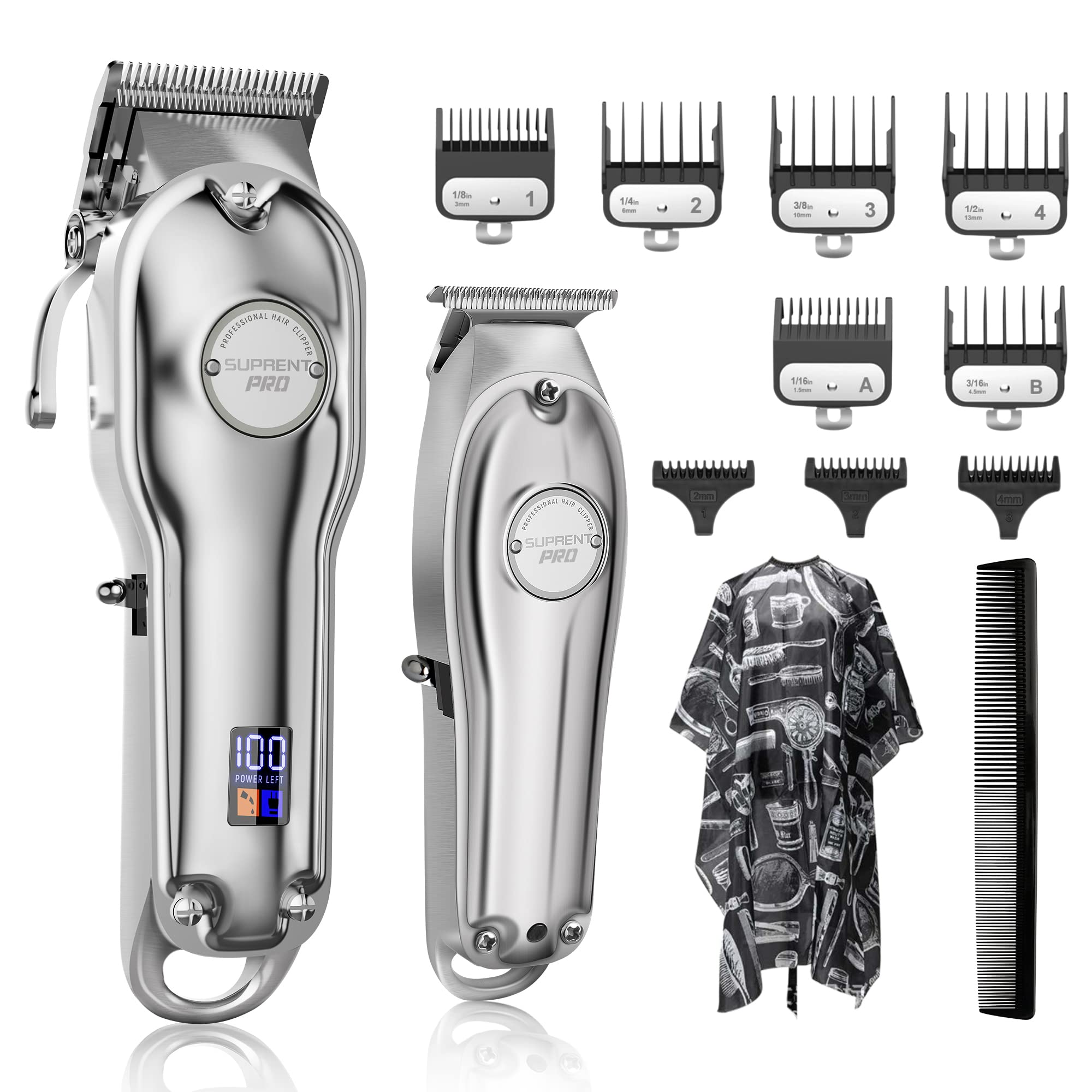
Conclusion
Cutting your own hair with a clipper can be a convenient option, but it’s important to understand and address the associated risks. By following proper safety measures, such as familiarizing yourself with the clipper, using the right guard size, practicing proper hand positioning, and maintaining focus, you can minimize the risk of injury. Additionally, taking additional precautions like starting with clean, dry hair, using a handheld mirror, and practicing on less visible areas can help ensure a satisfactory haircutting experience. If you’re unsure about cutting your own hair or lack experience, it is advisable to seek professional assistance. Ultimately, prioritizing safety, patience, and careful execution will help you achieve a safe and successful haircut with a clipper.
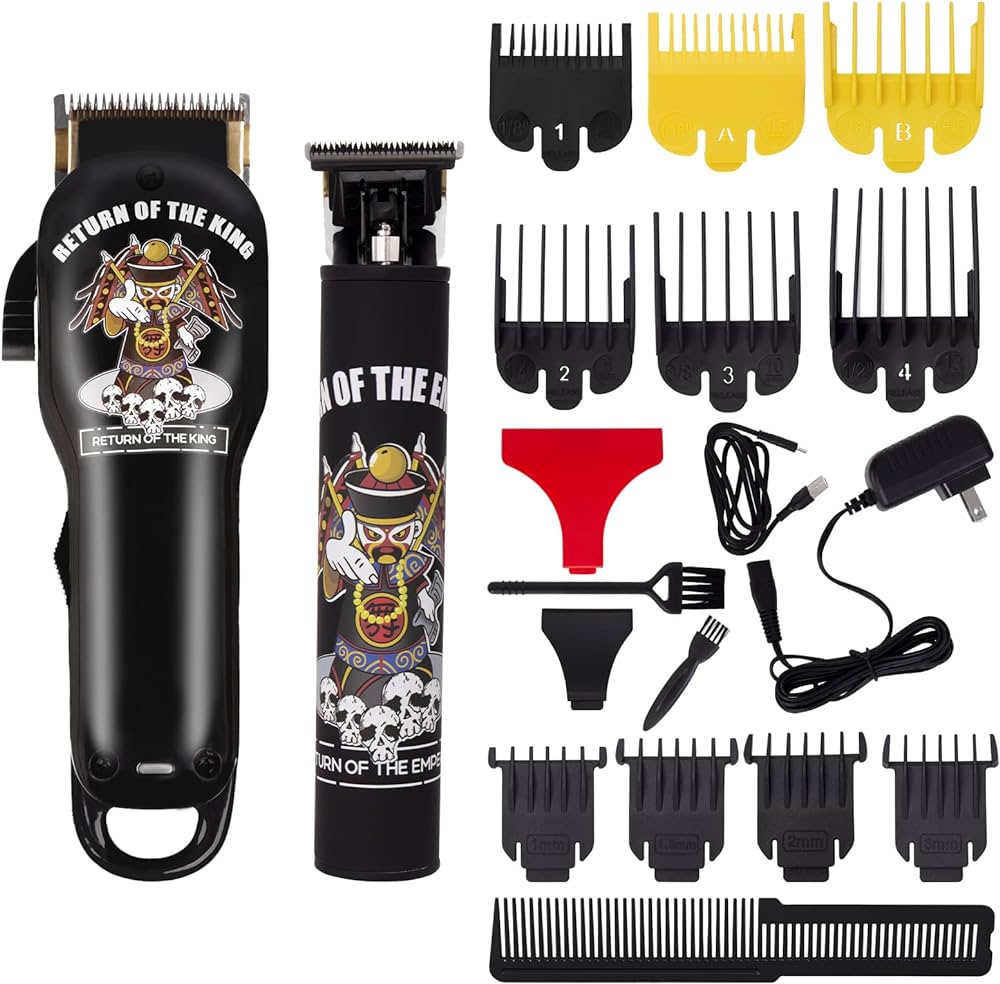
Leave a Reply